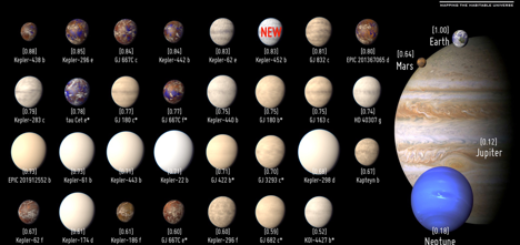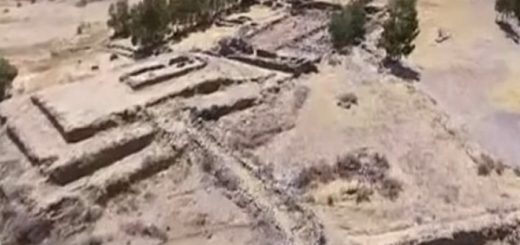The Palpa Lines: Created 1000 years prior to the Nazca lines

While most of us are more familiar with the Nazca lines, the Palpa lines are another set of intriguing and extraordinary collection of geoglyphs located near the more famous Nazca lines. While the Palpa lines resemble their more famous counterparts at Nazca, the enigmatic drawings are somewhat different, even though both sites have been the center of debate ever since their discoveries, these two ancient sites have triggered mythological and paranormal stories for years.
While archeologists are still unsure as to what the true purpose of the Palpa lines was, recent archeological studies have shown that the Palpa lines could d predate the Nazca lines by around 1000 years.
While their true purpose is unknown, researchers speculate that ancient mankind created these intricate geometric shapes and humanoid figures as worship to the ancient gods who were believed to control natural forces such as earthquakes, droughts, and flood.
Researchers believe that the Palpa Lines were created by the ancient Paracas people 1000 prior to the Nazca. The ancient Paracas people well know because of their elongated heads, a characteristic which has led to a fiery debate among researchers as there are numerous anomalies connected to the elongated ‘Paracas skulls’. The Paracas people inhabited the region of Palpa and Nazca, at least, a thousand years before the Nazca people.
Today, researchers have observed a staggering 1600 depictions in the Palpa region. But, unlike the lines and geoglyphs that cover hundreds of square kilometers of the flat plain at Nazca, the enigmatic Palpa lines are most located on the sides of hill sin the region or on the tips of surrounding ridges.
Interestingly, the enigmatic ‘runways’ which have been identified in the region do not belong to the Nazca lines but are in fact part of the intriguing Palpa lines. These mysterious lines located on mountaintops are some of the most enigmatic features at Palpa.
The flattened mountaintops eerily resemble modern day runways according to many around the world even though mainstream scholars firmly oppose this, and other ancient astronaut theories connected to the Nazca and Palpa lines.
Interestingly, the same scientists that oppose these unconventional theories are the same scholars which are unable to explain how ancient mankind created the enigmatic shapes on the mountaintops or how they created these incredible huge surfaces in the mountains. Some of the mountaintops at Palpa appear to have been cut or pressed down with incredible force, resulting in incredible runway-like shapes.
One of the most interesting geoglyphs found at Palpa is the ‘Star’ or Ancient Mandala. Interestingly, this ‘alien’ shape is depicted in an extremely remote area sitting atop an arid mountain plateau, causing confusion among those who have been able to observe it directly.
The Mandala is considered a ritual symbol in Indian religions and represents the universe. Today, the mandala has become a generic term used to describe any diagram, chart or geometrical pattern that represents the cosmos. The Mandala also symbolizes the notion that life is, in fact, a never ending cycle. But what is it doing in Peru? Who created it… and for what purpose?
The Mandala at Palpa seems to have been carved with extreme precision and detail, created on the ground measuring around 180 feet across, with an inner circle of the same diameter. In addition, several other smaller circles, approximately 20 feet in diameter are etched in the landscape along with a series of strategically placed holes.



 Creators of mankind
Creators of mankind Description of “Tall white aliens”
Description of “Tall white aliens” Where they came from?
Where they came from? About hostile civilizations
About hostile civilizations The war for the Earth
The war for the Earth “Tall white aliens” about eternal life
“Tall white aliens” about eternal life Video: “Nordic aliens”
Video: “Nordic aliens” Aliens
Aliens Alien encounters
Alien encounters The aliens base
The aliens base UFO
UFO Technology UFO
Technology UFO Underground civilization
Underground civilization Ancient alien artifacts
Ancient alien artifacts Military and UFO
Military and UFO Mysteries and hypotheses
Mysteries and hypotheses Scientific facts
Scientific facts


















